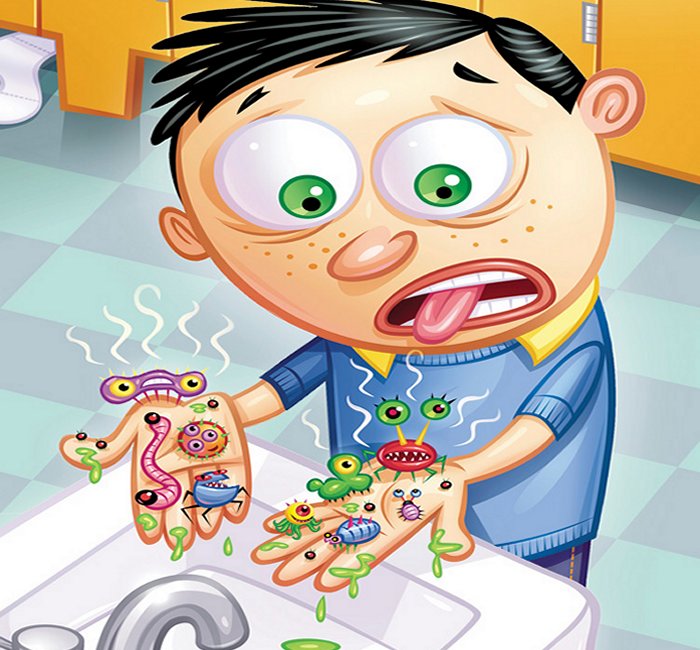MessageToEagle.com – Bacteria may be microscopic in size, but it is found everywhere. You have millions of bacteria living on your skin alone, and lots more inside of your body. They help us and can be very dangerous, too.
You can find it in places on earth where we believe nothing can survive. For example:
- In the heat – the hot springs of Yellowstone National Park contain highly toxic, sometimes boiling water. In this environment, where most living things couldn’t survive, bacteria called thermophiles (heat-lovers) thrive.
- In the cold – There are bacteria called psychrophiles (cold-lovers), though, that can live and reproduce in cold temperatures — even below the freezing point. Researchers in Antarctica have discovered bacteria in ice samples taken from about 11,700 feet deep in the ice above Lake Vostok.
See also:
A Teaspoon Of Soil Contains More Living Organisms Than There Are People On Earth
3.5 Billion-Year-Old Bacterial Ecosystems Discovered in Australia’s Pilbara Region
- In radioactive environments. One type of bacteria, called Dienococcus radiodurans, can survive lethal amounts of radiation, up to 1000 times more than would kill a human!
- Inside you. Bacteria live on your skin, on your teeth, on your tongue, in your intestines, in your eyes, and more. You are host to millions of them! Some of them can harm you, but many of them help you. Each drop of saliva has millions of bacteria in it.
- Under perfect conditions a single bacterium could grow into over one billion bacteria in only 10 hours! Bacteria reproduce when one cell splits into two cells in a process called binary fission. Fission occurs rapidly in as little as 20 minutes.
- Each gram of dirt can have as many as two and a half billion bacteria in it. Bacteria have been found four miles below the Earth’s surface.
- Total mass of the Earth’s bacteria outweighs all of the plants and animals and all other living things combined, researchers say.
MessageToEagle.com
Expand for references






